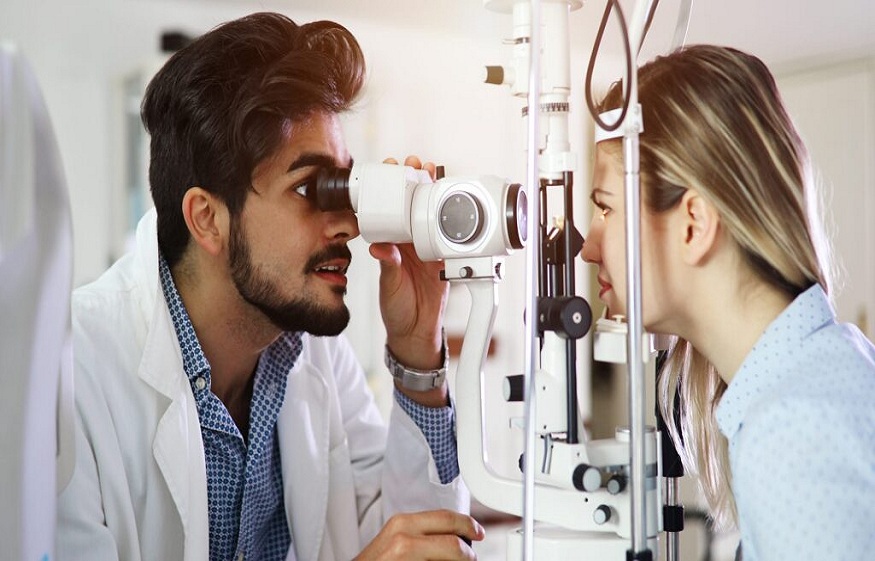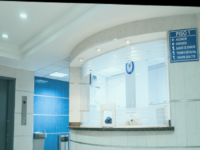A Quick Yet Detailed Look at Laser Treatment for Retinal Tear

The eye is an important as well as complicated organ that plays an essential role in our daily lives. Arguably its most important part is the retina, which is a thin layer of tissue that is in charge of processing visual information. In line with this, conditions like retinal tear is something that may be experienced by some.
If not immediately treated by means of laser treatment for retinal tear, it may lead to retinal detachment and–in worse case scenarios–permanent vision loss. This write-up delves into the details of the said treatment, including the procedures involved, its effectiveness, and what patients can expect.
Retinal Tear: An Overview
A retinal tear takes place when the retina breaks, which may cause fluid to pass through. In turn, this may prompt the retina to lift away from its layer of support tissue, which may lead to retinal detachment.
Retinal tear symptoms may include, but are not limited to sudden flashes, onset of black spots, blurred vision, etc. While risk factors include ageing, past eye surgery, eye injury, family history, and so on.
Laser Treatment for Retinal Tear: The Procedure
Laser treatment for retinal tear is one of the most used procedures for retinal tears. This outpatient procedure includes utilising laser technology to create miniature burns around the mentioned tear. The burns create some sort of scar tissue that acts as a seal on the edges of the tear. If done properly, it can prevent fluid from leaking under the retina, preventing retinal detachment from happening.
Because of its efficacy, efficiency, and safety, laser treatment is heralded by many as the golden standard of retinal tear treatment. One of the best parts? The whole thing takes about 15 to 30 minutes.
-
Preparation
The whole procedure is usually done in an ophthalmologist’s clinic. Before it begins, the patient’s eye is exposed to anaesthetic drops to reduce discomfort. Afterward, the pupil is dilated with specialised drops that allow ophthalmologists to have a clear view of the retina.
-
Laser application
In this procedure, the patient is seated in front of a laser equipment. Afterward, specialised lens is placed on the eye to focus the laser beam in a precise and, therefore, safe manner. Here, the ophthalmologist in charge utilises laser to create miniature burns in the area within the retinal tear.
Patients may notice flashes of light during the whole procedure. This may be a bit uncomfortable, but not painful.
-
Post procedure recovery
After undergoing the procedure, patients may experience blurry vision and minor discomfort that may last for a couple of hours. In line with this, it is best to abstain from engaging in strenuous activities and religiously follow the instructions of the ophthalmologist. He or she may schedule follow-up appointments to ensure that the whole procedure is healing as it should be.
Overall Experience and After Care
In general, patients who undergo laser treatment for retinal tear find the procedure fast and convenient. Plus, its success rate is quite high, a lot of times, exceeding the 90% range. However, there are certain measures that need to be done so as to ensure that recovery is going to be a breeze.
Here is what individuals who is going to undergo it can expect:
-
Immediate aftercare
First thing first: patients should refrain from driving after treatment due to the fact that their vision can be blurry post-treatment. Making sure that the eyes have ample rest is essential. It is best to ask an ophthalmologist what to do with any form of discomfort, but most of the time, it can be easily managed with over-the-counter drugs.
-
Long-term care
Patients who have undergone the said treatment are advised to avoid activities that may cause their eyes to be strained. Some healthcare professionals encourage the wearing of protective eyewear, especially during risky activities or sports.
In line with this, it is also best to be wary of new retinal tear symptoms with the most common ones being flashes of light. When they are encountered, it is best to immediately visit an ophthalmologist to prevent them from translating into something worse.
-
Complications
Just like other medical procedures, there are risks involved in the said treatment. Some of the most common ones include intraocular pressure, which may pave the way to the development of glaucoma if not properly managed. There may also be minor side effects that may include blurred vision, temporary loss of night vision, mild eye discomfort, and the like. Furthermore, in rare cases, laser technology may damage surrounding retinal tissue, which in turn, may have a negative effect on vision.
Summing up
In the end, laser treatment for retinal tear is a crucial procedure that is essential when it comes to eye health. It offers a high success rate that can effectively, efficiently, and safely prevent retinal detachment and other detrimental conditions. In line with this, while the whole procedure is generally safe, individuals who are looking to undergo it need to be aware of potential risks, the essence of post-procedure care, and so on.






